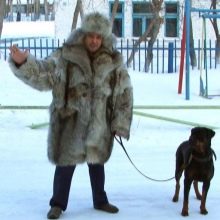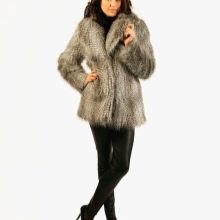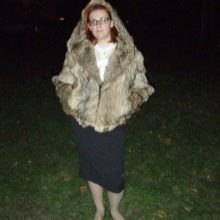Wolf fur coat
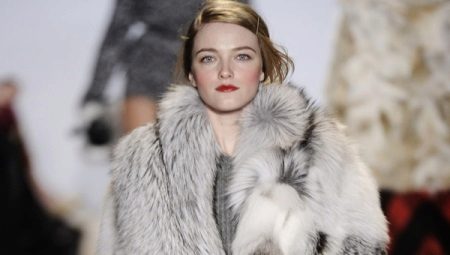
Even in the recent past, the lot of wolf fur in the fashion industry was a purely decorative function - a wolf was used to trim leather clothing and accessories. But in recent years, the situation has radically changed - now the wolf coat no longer looks like wildness, but a stylish and daring element of a fashionable image.
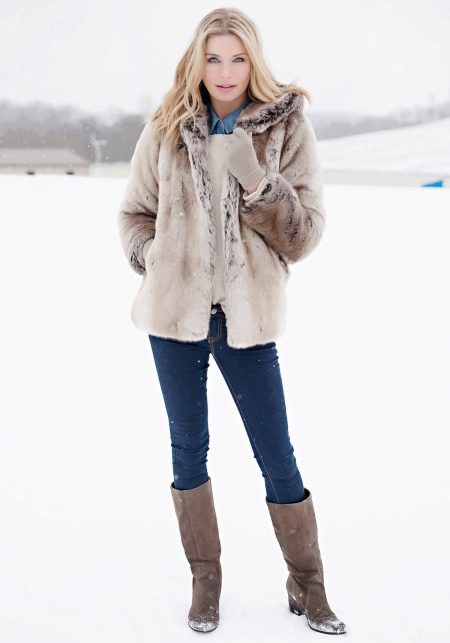
The triumphant return of wolf fur to the catwalks began with men's fashion, but at the moment designers are happy to create fur coats for the beautiful half of humanity.
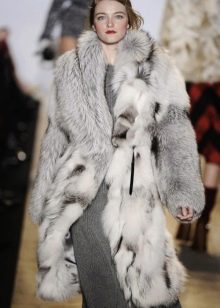


Peculiarities
A naturally aggressive predator, the wolf boasts tough, fluffy and very warm fur that allows it to survive in extreme winter conditions. In structure, this fur looks like this: under the upper guard hairs, which drain water, there is a long and very dense undercoat, which perfectly retains heat.
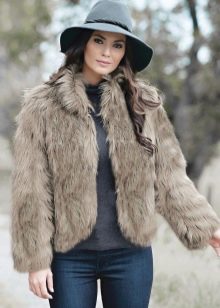
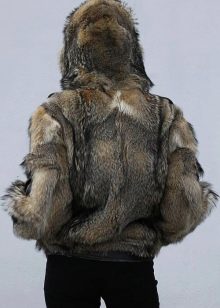
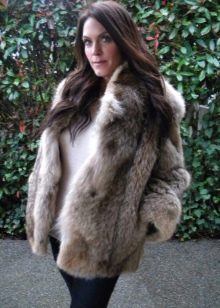
The way of life of a wolf has the most favorable effect on the durability of its fur, making clothes made from it very unpretentious in operation. Experts draw parallels between wolf and beaver fur.
Due to the fact that wolf fur is included in the category of especially warm furs, this material is actively used for sewing clothes designed for those who live or work in extreme cold conditions. In addition to its unsurpassed heat-retaining properties, wolf fur is also water-repellent - it does not melt snow.

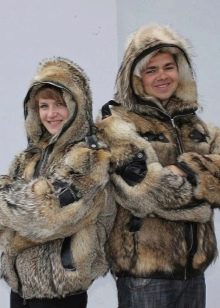
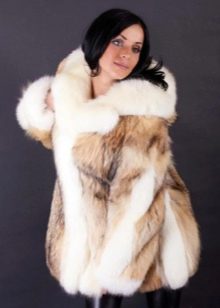
Models
As in the case of fur coats made from the fur of other animals, the range of wolf products is quite diverse.
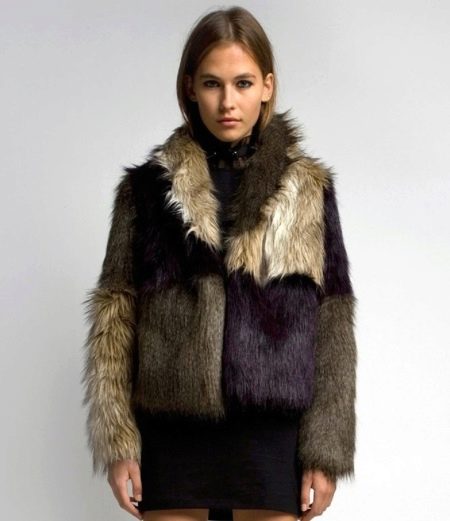
The trend is short wolf coats, often equipped with short sleeves.Elongated models made from such fur can look cumbersome, so designers resort to a combined structure of a fur coat - strips of fur are interspersed with leather inserts, which visually lightens the silhouette.
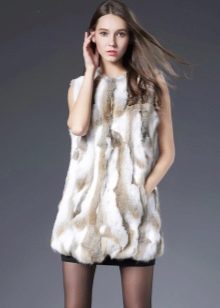
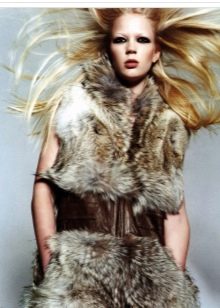

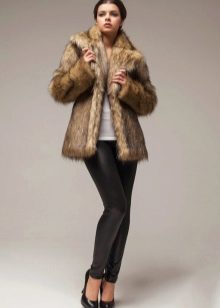
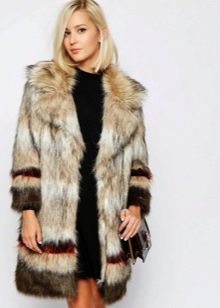
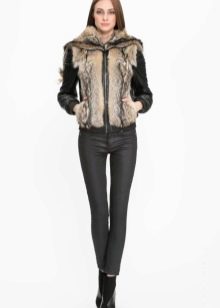
Taking into account the unique water-repellent properties of wolf fur, fur coats with a hood will protect their owners from the most piercing wind and bad weather, becoming a full-fledged replacement for an independent headdress.

The wolf is a charismatic and brutal beast, so his fur coats look great on self-confident men. In a men's fur coat, it is appropriate and permissible to use whole skins, and not strips of fur. For such fur jackets, a straight cut would be the best solution. Combined designs look very advantageous, in which fur skins alternate with wolf skin inserts.
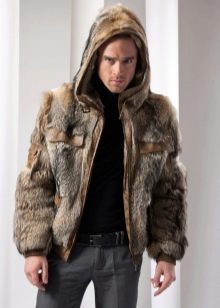
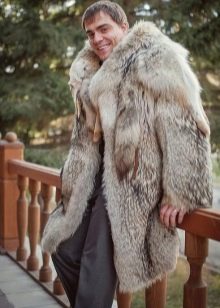

Women's fashion for wolf fur coats appeared relatively recently, but many lovers of natural fur have already appreciated the shortened sheepskin coats and fur vests made from the skins of a Canadian or steppe wolf.
It is customary to equip such models with inserts made of suede or leather. This technique is called "in joining": from the front side, the presence of leather and suede elements is not visible, but gives the fur an original longitudinal pattern.

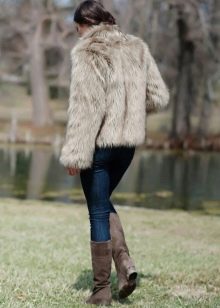
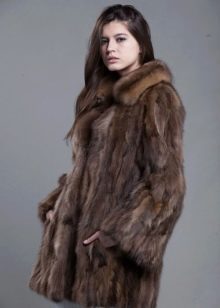
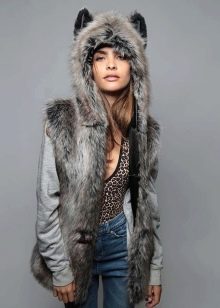
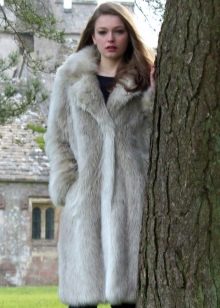
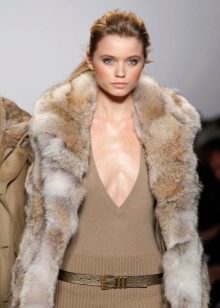
Fur types
Manufacturers of fur coats consider wolves of polar and Canadian breeds to be the most valuable and possessing the most pronounced properties.
The specificity of their natural habitat is such that, by definition, they are "equipped" with a thick and dense flesh, extremely resistant to tearing, and elastic, but strong awn.
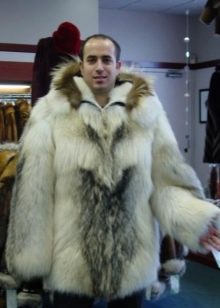
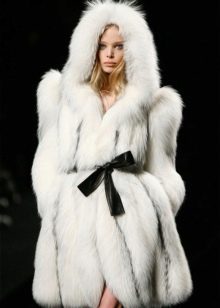

With proper dressing, a wolf fur coat will last more than five seasons without losing its consumer properties, even with the most active use.

In general, more than 30 subspecies of wolves are distinguished in nature. As a rule, they are divided according to the area in which they live. This also determines the natural color of the fur. Do not forget that wolves shed by winter - therefore, polar breeds with winter wool are mainly used for sewing clothes.
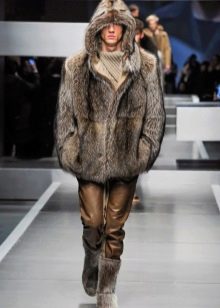

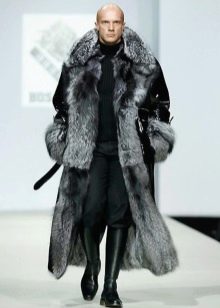
The fur of the steppe wolf is also popular. In another way, it is called desert, as it lives in the steppes and deserts in the territory of Central Asia. This subspecies is distinguished by a short and coarse coat of a spectacular pale gray color with unique patches of ocher color.

Colour
The variety of wolf breeds also determines the breadth of the spectrum of fur shades: from snow-white to black, there are also gray, red, cream, fawn and silver textures. Whatever the shade, the guard hair of the wolf has a zonal color, differing in stripes of up to five different colors.
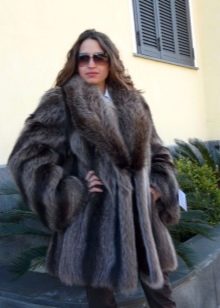


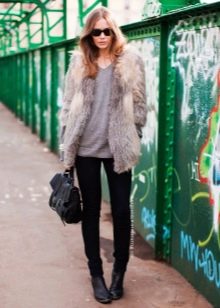
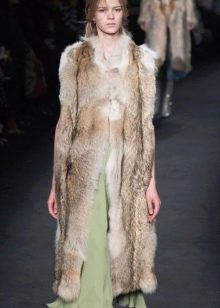
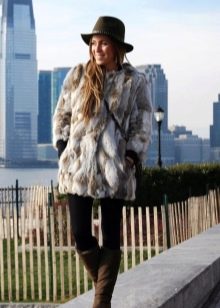
Such heterogeneity is appreciated both in itself, in its natural form, and as a "platform" for experiments with dyeing fur. One of the most relevant is the color of the red Himalayan wolf - this rare, endangered species is also called buanza.
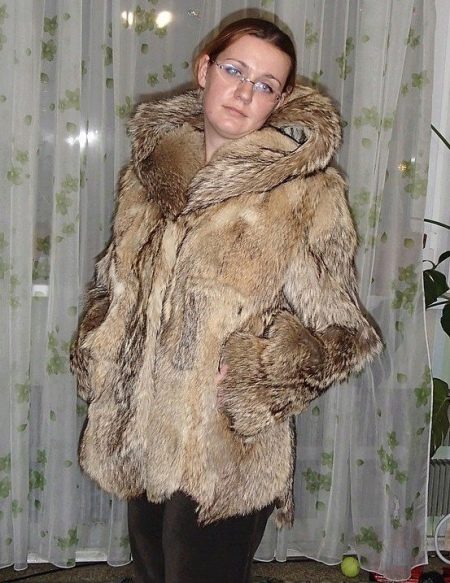
How to choose?
Considering the peculiarity of wolf fur, experts advise not to dwell on the classic styles of fur coats sewn from it, but to pay attention to experimental models - since the structure of the fur and the variety of design solutions are quite possible.
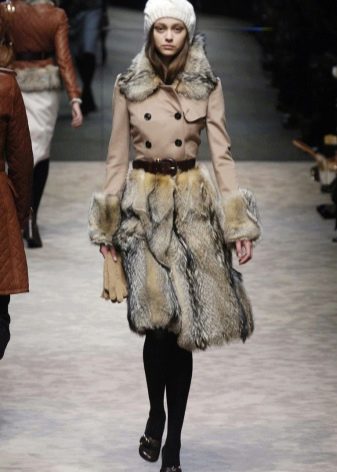
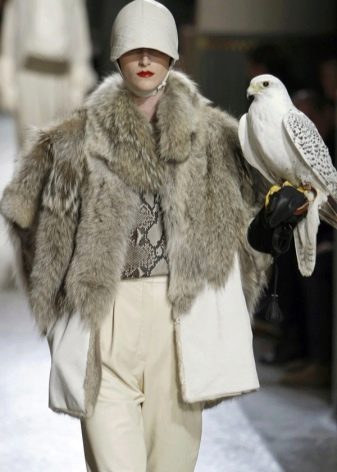
The extraordinarily strong and dense flesh of wolf fur makes it quite difficult to handle. Therefore, wolf fur coats are best bought in trusted stores that work with well-known manufacturers that guarantee the highest quality of their products.
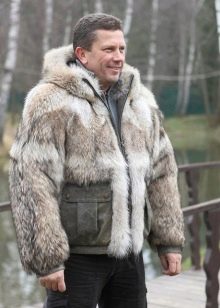
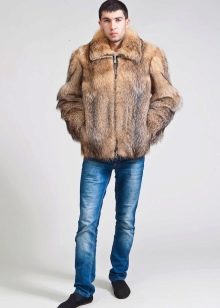
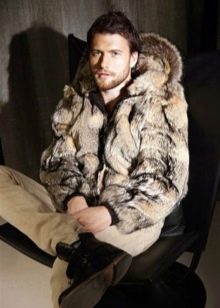
When choosing a fur coat, you should pay attention to the quality of the joint seams. If you can see that the thing is sewn with hard and uneven stitches, it is better to choose another model. Yes, the wolf is very brutal, but this should not affect the quality of the cut. It is also important to check that the fur is odorless.
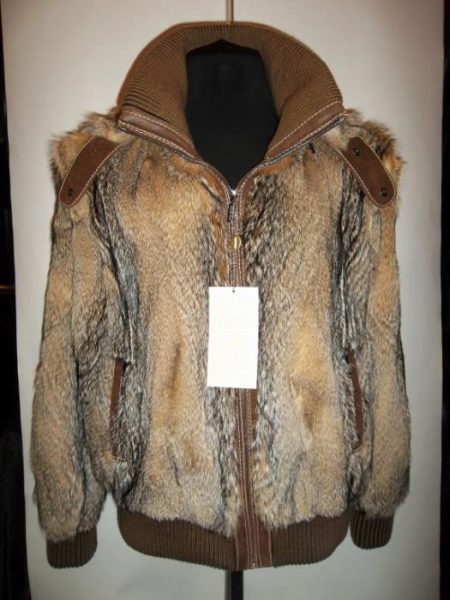
What is the price?
Despite the complexity of the processing of skins, wolf fur is quite budgetary. A wolf fur coat can cost two or even three times cheaper than a model of a similar style from the fur of other animals that are similar in structure and basic characteristics.
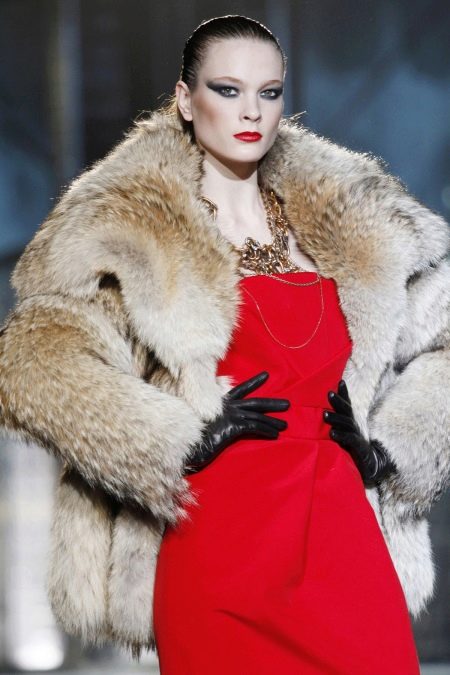
However, large fashion houses have also turned their attention to wolf fur, so today you can find products from this material in the catalogs of the most expensive and exclusive fur coats and fur coats, the price tag for which is in no way inferior to mink or sable counterparts.
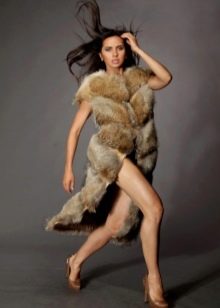


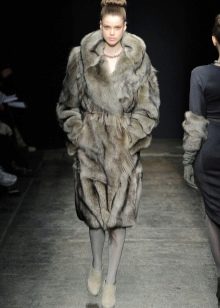
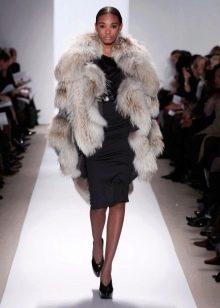
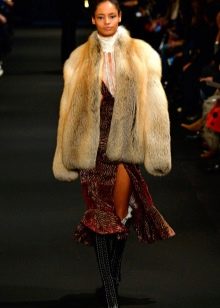
Reviews
Most owners of wolf fur coats note its phenomenal moisture-repellent and heat-retaining properties, as well as unpretentiousness in wear and care. According to many, it is simply impossible to find the best option for outerwear made of fur for the most severe winter days. At the same time, the wolf does not look like a utilitarian, purely practical material, but as a worthy alternative to beaver and fox furs.

Unlike most fur coats, whose destiny is to be worn "for the occasion", models made of wolf fur are perfect for daily use, giving both men and women an unrivaled feeling of security and warmth.
